Lutyens’s mysterious masterpiece comes to the market
How a little-known early example of the architect’s work was brought to life.
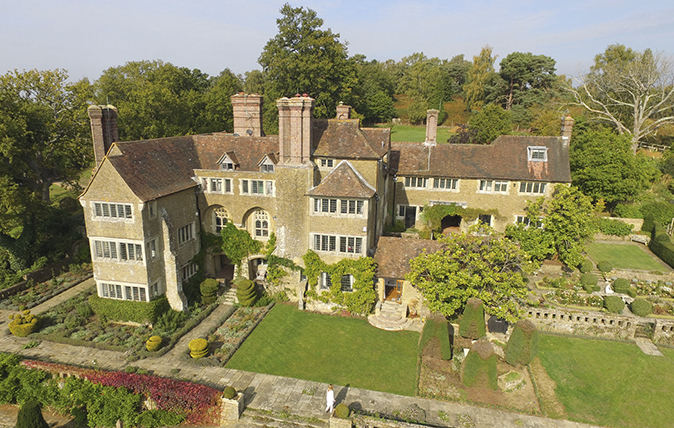
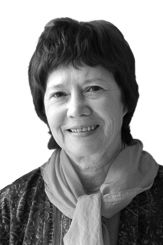
Today sees the launch onto the market—at a guide price of £18.5 million, through Savills Country Department (020–7409 8881) and Surrey-based Grantley Group (01483 407620)—of the extraordinary Chinthurst Hill, near Wonersh in the Surrey Hills AONB, which stands in solitary splendour on a glorious hillside site, with breathtaking, 360° views across Surrey and Sussex to Chanctonbury Ring on the South downs and Shoreham-by-Sea on the West Sussex coast.
Designed by Sir Edwin Lutyens and built in 1893–95 with gardens laid out by Gertrude Jekyll, Chinthurst Hill was not only the young architect’s first major commission, but the first in a series of famous collaborations with his long-term friend, mentor and patron. However, the house is little known and seldom mentioned, largely due to its puzzling omission from the editorial pages of Country Life, which otherwise championed Lutyens’s cause throughout his long career. The omission was eventually rectified by the publication of two scholarly articles in the magazine (March 18 and 25, 2015) by the architectural historian Gavin Stamp.
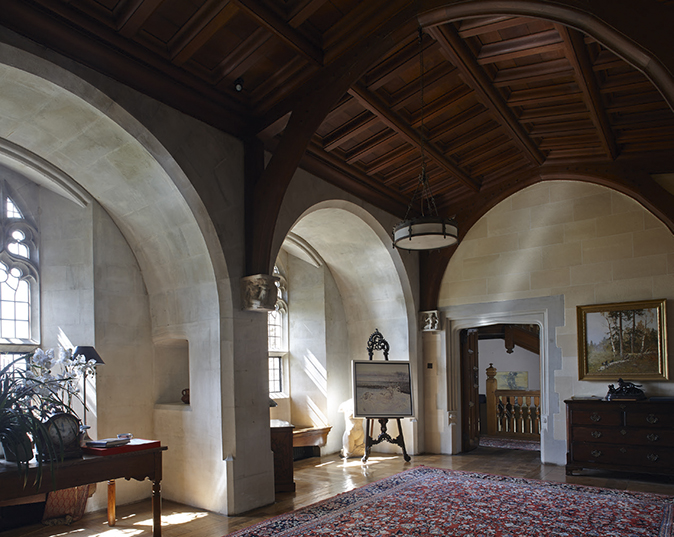
The original 69-acre site, billed as probably ‘the finest in the South of England’, came on the market in 1884, and was bought for £5,100 from the 5th Lord Grantley by Emilia Margaret (Maggie) Guthrie, the 26-year-old daughter of Ellinor Guthrie of Upper House, in nearby Shamley Green. Nine years later, in 1893, she commissioned the 24-year-old Lutyens, whom she knew through Jekyll, to build her hillside house, apparently with little or ‘no eye to budget’.
Described by Gavin Stamp as ‘a dramatic composition that brilliantly exploits the magnificent sloping site... a composition of gabled masses and tall bays, with a careful balance of uprights and horizontals, and with the unbroken planes of roof and wall typical of the architect’, Chinthurst Hill ‘displays all of Lutyens’s mastery of three-dimensional form’. Built of Bargate stone quarried from the hillside, the finest craftsmanship then available is evident in the Great Hall, with its spectacular tracery windows, oak-panelled ceiling, sculpted stone corbels and Bath-stone fireplace.
The house was recessed into the steep hillside, with large windows on the side, and the entrance on the north side leading into the Great Hall, the heart of the house. The floors were of oak, with gentle treads leading up the main oak stairway and the massive beams and ogee braces found in several rooms were almost certainly inspired by the oak barns of the area. With their delicate blue-and-white floral ceramic tiles from floor to ceiling, the tiled kitchen and larder must have been an infinitely more attractive place to work in than dull brown- tiled traditional kitchens.
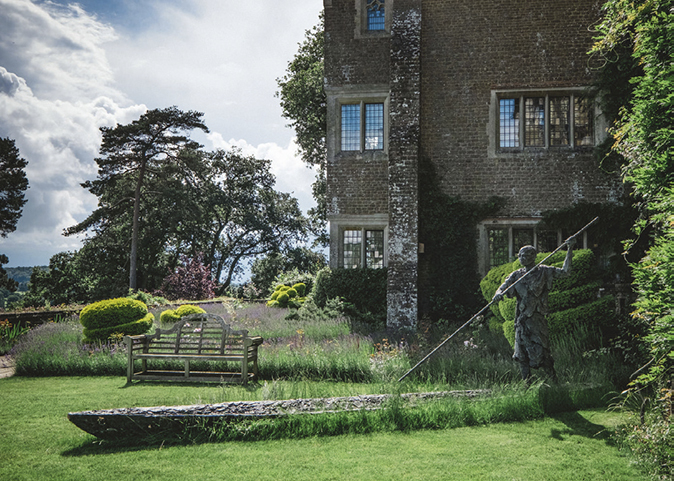
The house was approached by a long gentle drive, but there were no grand pillars at the entrance, as neither Jekyll nor Lutyens approved of distractions from the main building, which boasted six living rooms, eight principal bedrooms, stabling and staff quarters. Chinthurst was conceived to look timeless and have a peace that Jekyll called ‘something of the convent’. Too much, perhaps, for Guthrie and her husband, Ninian Elliott, whom she married in 1896: a year later, the couple decamped to Scotland to live at a family property they had unexpectedly inherited on the Isle of Mull.
In 1897, Chinthurst Hill was bought by the 1st (and only) Lord Rendel, who lived at Hatchlands in Clandon and purchased the house as a home for his widowed daughter, Rose Goodhart, and her young son Harry. The boy immediately fell in love with ‘this magical dwelling of stone and oak’ and was horrified when his mother and grandfather set out to change the house to accommodate their mainly 18th-century furniture. Inspired by Lutyens, although he never met him, Goodhart-Rendel (he added the Rendel in 1902 at the request of his grand-father) went on to become an architect and, later, president of the RIBA.
Exquisite houses, the beauty of Nature, and how to get the most from your life, straight to your inbox.
Rose stayed at Chinthurst until after the First World War. In 1919, the house, with 180 acres of land divided into various lots, came back on the market and was sold to S. R. Rogerson, an insurance broker, who lived there with his family until 1926, when it was again put up for sale, but with fewer acres. The new owner was H. B. Anderson, a retired tea-planter, who lived there until 1935, when it was bought by the Earl and Countess of Inchcape.
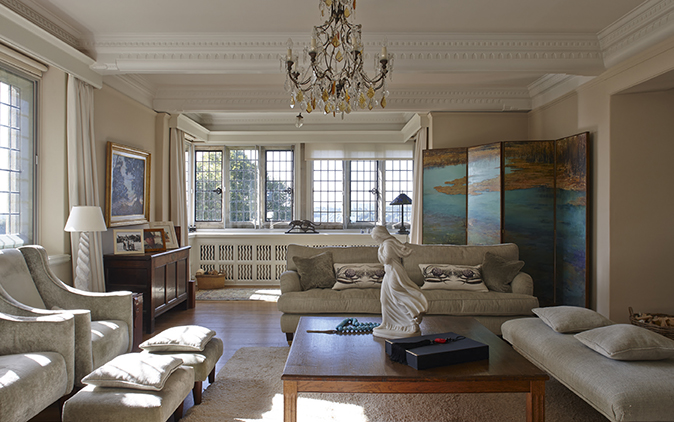
Lord Inchcape carried out a number of alterations to the property (some sympathetic, others less so), building an air-raid shelter beneath the hill, installing a striking green Art Deco bathroom tiled in hand-blown glass and enlarging the terraces. Sadly, he died suddenly in June 1939, although Lady Inchcape continued to live at Chinthurst Hill until after the Second World War, when she married an officer in the American Air Force and went to live in the USA.
By 1954, Chinthurst Hill had been sold to a developer and divided vertically into three separate properties, each with about 10 acres of land. Thereafter, it faded into obscurity until, in May 1999, Anna Hunter (now Mrs Graham Bonham-Carter)—the founder/owner of Mayfair’s innovative Belgravia Gallery, which showcases an eclectic mix of work by artists as diverse as Nelson Mandela, The Prince of Wales, Andy Warhol and Peter Blake—saw an advertisement for the main house in Country Life. ‘At the time, I was looking for a large detached private house with no noise and, although I had always been aware of Lutyens’s work, I was amazed to find that a Lutyens house I had never heard of should be for sale.
‘I immediately jumped in the car and, within 20 minutes or so, I was there. I knew Chinthurst was perfect when I drove up the long driveway surrounded by a hillside of spring flowers and caught my first glimpse of the towering chimneys,’ she recalls.
‘Although Chinthurst Hill and its grounds had been divided for many years and its fabric had been neglected, its appearance hadn’t been altered and, by August 2013, I finally managed to reunite all three houses under one ownership for the first time in 60 years. I shall be really sad to leave, but I know that, having enjoyed 18 years here, we are leaving it in a good state, with lovely restored Gertrude Jekyll gardens and an established small vineyard.’

During her tenure, Mrs Bonham-Carter has done much to undo, or at least mitigate, some of the changes wrought by Lords Rendel, Inchcape and others. The interior of the house has been carefully restored and appropriately decorated, but with a lightness of touch that restores the element of magic that so captivated the young Goodhart-Rendel.
Offered for sale with some 18 acres of formal and informal gardens and grounds, Chinthurst Hill comprises the nine-bedroom main house, the three-bedroom Gate House (with planning consent to extend), the brick-built main garage with planning consent to convert to a two-bedroom house, a Lutyens summer house and a pavilion overlooking the pool and tennis court.

